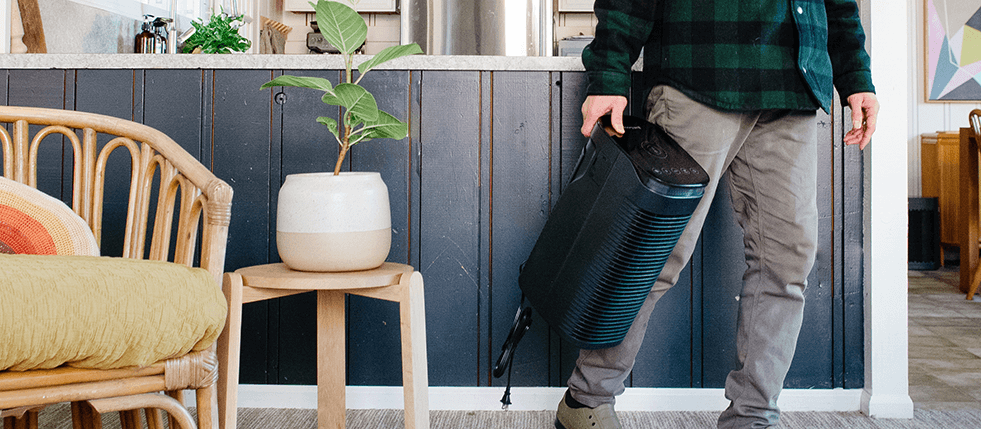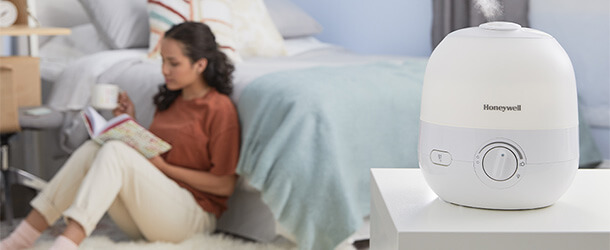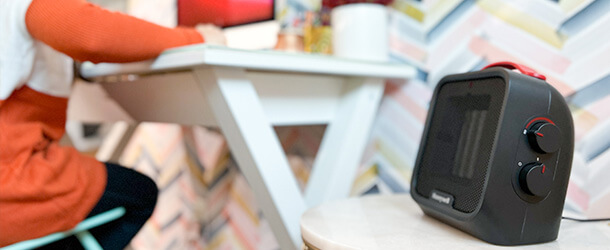Blog
Maximizing Plant Health: The Essential Benefits of Using Humidifiers in Indoor Gardening
Indoor gardening has gained immense popularity among plant enthusiasts, but thriving plants require more than just the right amount of light and water. One often-overlooked element that plays a crucial role in plant health is humidity. With many indoor environments being dry due to heating or air conditioning, it's essential to create the ideal conditions for our leafy companions. This is where a humidifier for plants comes into play.

Using a humidifier not only helps maintain optimal moisture levels in the air but also supports healthy plant growth, enhances the vigor of tropical varieties, and reduces the risk of pests and diseases. In this blog, we'll explore the essential benefits of incorporating a humidifier into your indoor gardening routine, ensuring your plants remain lush and vibrant all year round.
Understanding the Impact of Humidity on Indoor Plant Growth
Humidity plays a crucial role in the growth and health of indoor plants, often overlooked by many indoor gardeners. Plants naturally thrive in specific humidity levels that mimic their native environments. For instance, tropical plants prefer higher humidity, typically between 60% to 80%, while succulent varieties might thrive in drier conditions. When humidity levels drop, plants can experience stress, leading to symptoms such as wilting, browning leaf edges, and stunted growth. Understanding the impact of humidity is essential for creating an optimal growing environment.

Using humidifiers in indoor gardening can significantly enhance plant health by maintaining the ideal moisture levels in the air. Humidifiers help prevent the drying out of leaves and soil, promoting better nutrient absorption and water retention. This not only supports robust growth but also aids in preventing common issues like pests and diseases, which thrive in dry conditions. Additionally, consistent humidity can help plants maintain their natural shape and color, making them not only healthier but also more visually appealing. By prioritizing humidity in your indoor gardening practices, you can cultivate a thriving plant sanctuary that flourishes throughout the seasons.
Key Factors to Consider When Choosing a Humidifier for Your Garden
When choosing a humidifier for your indoor garden, several key factors should be taken into account to ensure the optimal growth of your plants. First and foremost, the size of the humidifier should correspond to the area you intend to humidify. A small humidifier may not provide sufficient moisture for larger spaces, while an oversized unit could lead to excess humidity, fostering mold growth. Therefore, assess the dimensions of your gardening area and select a humidifier that matches its capacity.
Another crucial consideration is the type of humidifier. There are various options available, including ultrasonic, evaporative, and steam vaporizers, each with its unique benefits and drawbacks. Ultrasonic humidifiers are quiet and energy-efficient, making them a popular choice for indoor gardens. On the other hand, evaporative models use a fan to circulate moisture, which can help maintain humidity levels with less risk of over-saturation. Additionally, consider features like adjustable humidity settings, built-in hygrometers, and ease of cleaning, as these can greatly enhance your overall gardening experience and plant health.
Maximizing Plant Health: Humidity Levels Impact on Indoor Gardening
This bar chart illustrates the relationship between different humidity levels and the corresponding plant health index. It highlights the optimal humidity level for enhancing plant health, emphasizing the importance of maintaining appropriate humidity in indoor gardening.
Essential Maintenance Tips for Optimal Humidifier Performance
When it comes to indoor gardening, maintaining optimal humidity levels is crucial for plant health. To ensure your humidifier operates at peak performance, regular maintenance is essential. According to a report by the American Society of Horticultural Science, maintaining humidity levels between 40-70% can significantly reduce plant stress and improve growth rates by up to 30%. Neglecting your humidifier can lead to inefficient moisture delivery, ultimately hindering plant development.
One key maintenance tip is to clean your humidifier weekly to prevent mold and bacteria buildup, which can adversely affect air quality and plant health. Research indicates that dirty humidifiers can emit pathogens that may harm both plants and humans, leading to a decline in overall wellness. Additionally, regularly check and replace filters as needed, as old filters not only compromise efficiency but can also introduce unwanted contaminants into the air.
Moreover, it’s important to position your humidifier correctly within your indoor garden space. Ideally, it should be placed in a central location to ensure even moisture distribution. Innovative studies suggest that strategic placement can enhance humidity levels by up to 25% in critical growth areas, greatly benefiting your plants’ overall health and vitality. By following these maintenance tips, you can create an optimal environment for your plants to thrive.

Integrating Humidifiers into Your Indoor Gardening Routine
Incorporating humidifiers into your indoor gardening routine can significantly enhance plant health and vitality. Plants thrive in environments that mimic their natural habitats, and humidity levels play a crucial role in their growth. According to a study from the American Society of Horticultural Science, many houseplants prefer humidity levels between 40% and 60%. When indoor humidity drops below this range, plants can suffer from stress, leading to issues such as stunted growth, leaf drop, and increased susceptibility to pests and diseases.
Utilizing humidifiers helps maintain these optimal humidity levels, especially in dry climates or during winter months when heating systems can lower indoor moisture. Furthermore, research published in the Journal of Plant Biology indicates that maintaining higher humidity can improve photosynthesis efficiency and enhance transpiration rates, resulting in healthier foliage and more robust root systems. By integrating humidifiers into your gardening practices, whether through automated systems or manual devices, you can create an environment that promotes flourishing indoor gardens, ensuring your plants not only survive but thrive throughout the year.
Maximizing Plant Health: The Essential Benefits of Using Humidifiers in Indoor Gardening
| Benefit | Description | Ideal Humidity Level (%) | Plants Benefited |
|---|---|---|---|
| Improved Growth | Increased humidity encourages faster photosynthesis and plant metabolism. | 40-70 | Ferns, Orchids, Tropical Plants |
| Reduced Disease | Proper humidity levels help to prevent the growth of mold and mildew. | 50-60 | Tomatoes, Peppers, Basil |
| Enhanced Nutrient Uptake | Higher humidity can improve a plant's ability to absorb essential nutrients. | 60-70 | Succulents, Leafy Greens, Houseplants |
| Stress Reduction | Proper humidity reduces plant stress caused by low moisture levels. | 40-60 | Cacti, Snake Plants, ZZ Plants |
Common Humidity-Related Issues and How Humidifiers Can Help
Maintaining optimal humidity levels is crucial for indoor gardening, as fluctuations can lead to a host of issues that affect plant health. One common problem is dry air, which can cause plants to become stressed, leading to wilting and browning leaves. Moreover, low humidity levels may encourage pests like spider mites, which thrive in arid conditions, further compromising plant vitality. A humidifier can mitigate these problems by creating a consistent environment that keeps the humidity levels ideal for plant growth.
Conversely, excessive humidity can also pose challenges, such as promoting fungal diseases and root rot. When the air is too humid, plants may struggle to transpire effectively, causing a range of health issues. A smartly placed humidifier allows gardeners to fine-tune moisture levels, ensuring they remain in the optimal range for their specific plants. By investing in human-friendly models equipped with hygrometers, gardeners can easily monitor and maintain the perfect balance, ultimately supporting lush, vigorous growth and enhancing their indoor gardening experience.
Related Posts
-
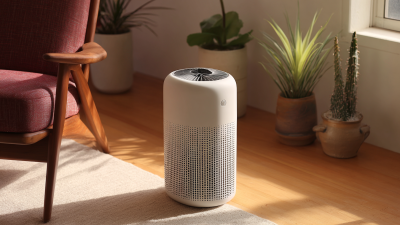
5 Best Mold Air Purifiers of 2023: Achieving a 99.97% Efficiency Rate in Airborne Mold Removal
-

Exploring Unique Alternatives to Traditional Air Cleaners for Home Use
-

The Future of Home Wellness with True HEPA Air Purifiers
-
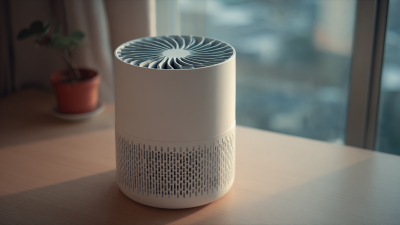
How to Select the Best Portable Air Purifier for Your Needs
-
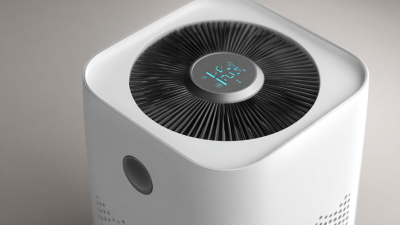
How to Choose the Best Air Cleaner Understanding Key Specifications and Features
-
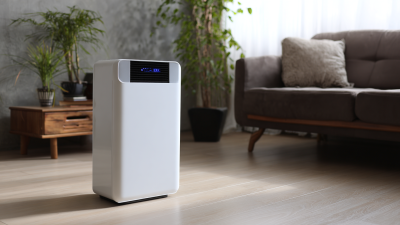
Understanding Industry Standards for the Best Air Purifier for Home and How to Choose the Right One





